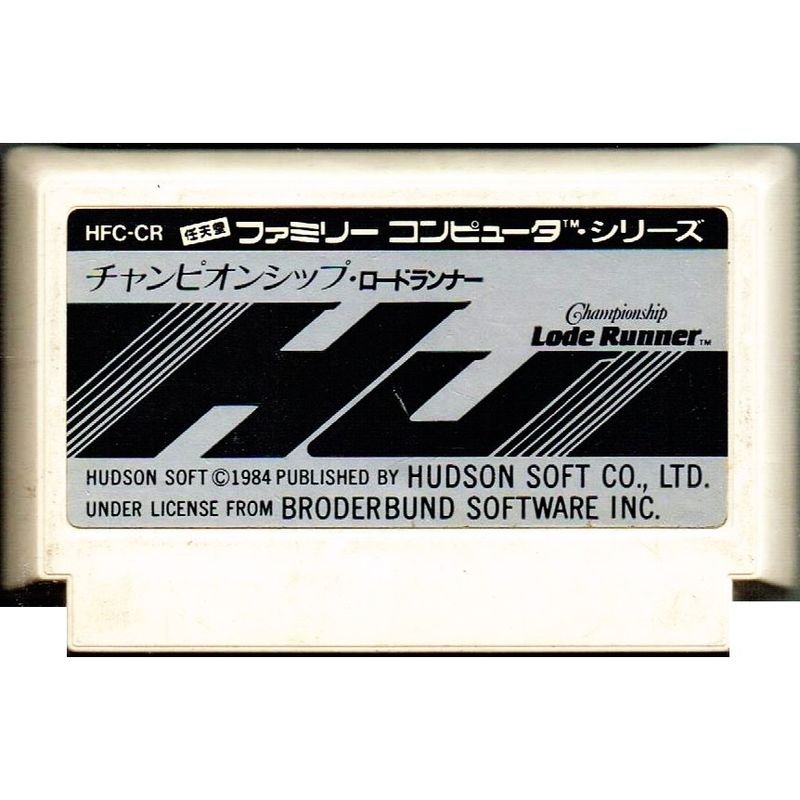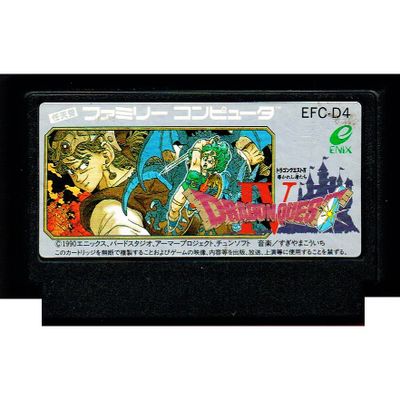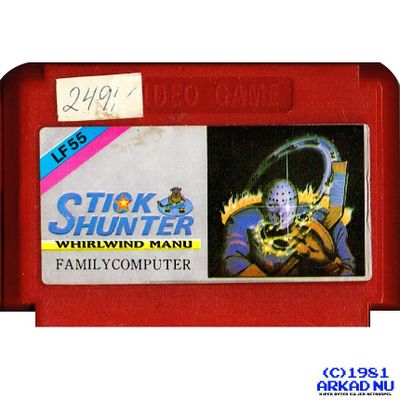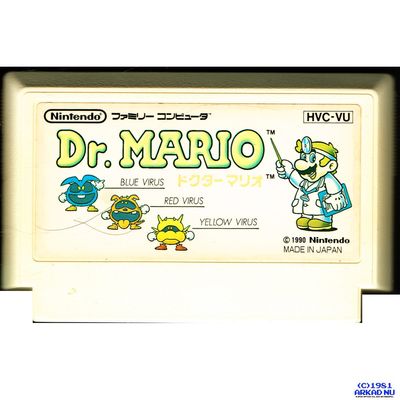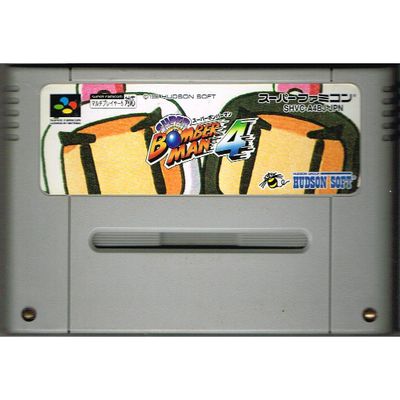CHAMPIONSHIP LODE RUNNER FAMICOM
Liknande produkter
Beskrivning av CHAMPIONSHIP LODE RUNNER FAMICOM
CHAMPIONSHIP LODE RUNNER FAMICOM - HFC-CR
FUNGERAR PÅ JAPANSK ELLER REGIONSFRI ENHET
Championship Lode Runner is a sequel to the video game Lode Runner. It consists of levels that are much more challenging than those in the original Lode Runner
The object of the game is to pick up all the gold pieces (which appear as piles of gold) and get them to the top. Using non-violent methods, enemies had to be overcome. Bumping into enemies cost the player a life and all of his hard-earned gold pieces. Fifty of the hardest levels ever designed are used and they had to be tackled in proper sequential order. While games can be saved, the player automatically loses a life for restoring his game.
Unlike the original Lode Runner game, this version did not come with a level editor. Nevertheless, many of the levels made for this game were designed using the built-in level editor from the original game
The game was first released for the Apple II. The Apple II version offered players a certificate for completing the game. Players sent in a code that was on the package's sticker along with a countercode (to prove that the game was beaten). However, the NES dumps the player straight back to the first level. The Apple II version allows monsters to be suppressed until they are about to appear while the NES version makes their resurrection completely fatal to the player. NES players can start at any of the first ten levels while needing passwords to skip to the next levels
The MS-DOS port of the game was written by Doug Greene. The IBM PC version has a playing field grid size of 26x16 blocks. In contrast, the Apple II version has levels consisting of 28x16 blocks. Hence, each level had to be manually tweaked to fit the IBM CGA screen resolution of 320x200. Although the IBM PC levels are not 100% equivalent to the Apple II levels, they were designed to be very similar with the same overall solution.
The game can be found on a pirate NES cartridge under the names Super Load Runner or Load Runner 2. This game shares the same status with the Ultima and Wizardry games which had sizeable spin-offs in Japan that were mostly unknown in North America. Far more Lode Runner games were released in Japan than there were in North America. Expect a very long game with either this or any other game in the Lode Runner series.
In 1985, Sega ported the game to the SG-1000 in Japan and it was released on the My Card format.
ENDAST KASSETT

